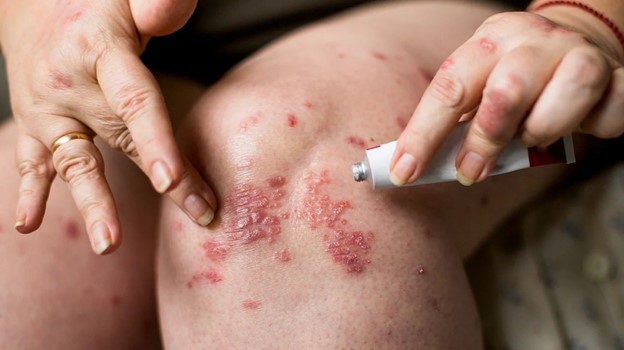A nurse is caring for a child who is postoperative following ventriculoperitoneal (VP) shunt placement.
In which of the following positions should the nurse place the client?
Semi-Fowler's.
Prone
Trendelenburg.
on the unoperated side
The Correct Answer is D
A. Semi-Fowler's. While this position can help with drainage, it is generally not the first choice immediately after VP shunt surgery.
B. Prone. This position is generally not recommended as it can cause discomfort and increase intracranial pressure.
C. Trendelenburg. This position is contraindicated as it can significantly increase intracranial pressure.
D. on the unoperated side. This position helps prevent pressure on the operative site and facilitates drainage of cerebrospinal fluid. It also reduces the risk of complications associated with increased intracranial pressure.
Nursing Test Bank
Naxlex Comprehensive Predictor Exams
Related Questions
Correct Answer is A
Explanation
“Our baby will sleep in our bed because I am breastfeeding.” Sharing a bed with a baby increases the risk of SIDS1.
Choice B is not the answer because removing blankets and toys from the crib is a recommended way to reduce the risk of SIDS2.
Choice C is not the answer because giving a baby a pacifier during naps and at bedtime can help reduce the risk of SIDS.
Choice D is not the answer because placing a baby on their back when sleeping is one of the most important measures to help protect against SIDS1.
Correct Answer is D
Explanation
Treatment of eczema may start with regular moisturizing and other self-care habits.
If these don’t help, a healthcare provider might suggest medicated creams that control itching and help repair skin.
Choice A is not correct because woolen clothes can irritate the skin and worsen
eczema.
Choice B is not correct because fabric softeners can irritate the skin and worsen
eczema.
Choice C is not correct because bubble baths can dry out the skin and worsen eczema.

Whether you are a student looking to ace your exams or a practicing nurse seeking to enhance your expertise , our nursing education contents will empower you with the confidence and competence to make a difference in the lives of patients and become a respected leader in the healthcare field.
Visit Naxlex, invest in your future and unlock endless possibilities with our unparalleled nursing education contents today
Report Wrong Answer on the Current Question
Do you disagree with the answer? If yes, what is your expected answer? Explain.
Kindly be descriptive with the issue you are facing.
